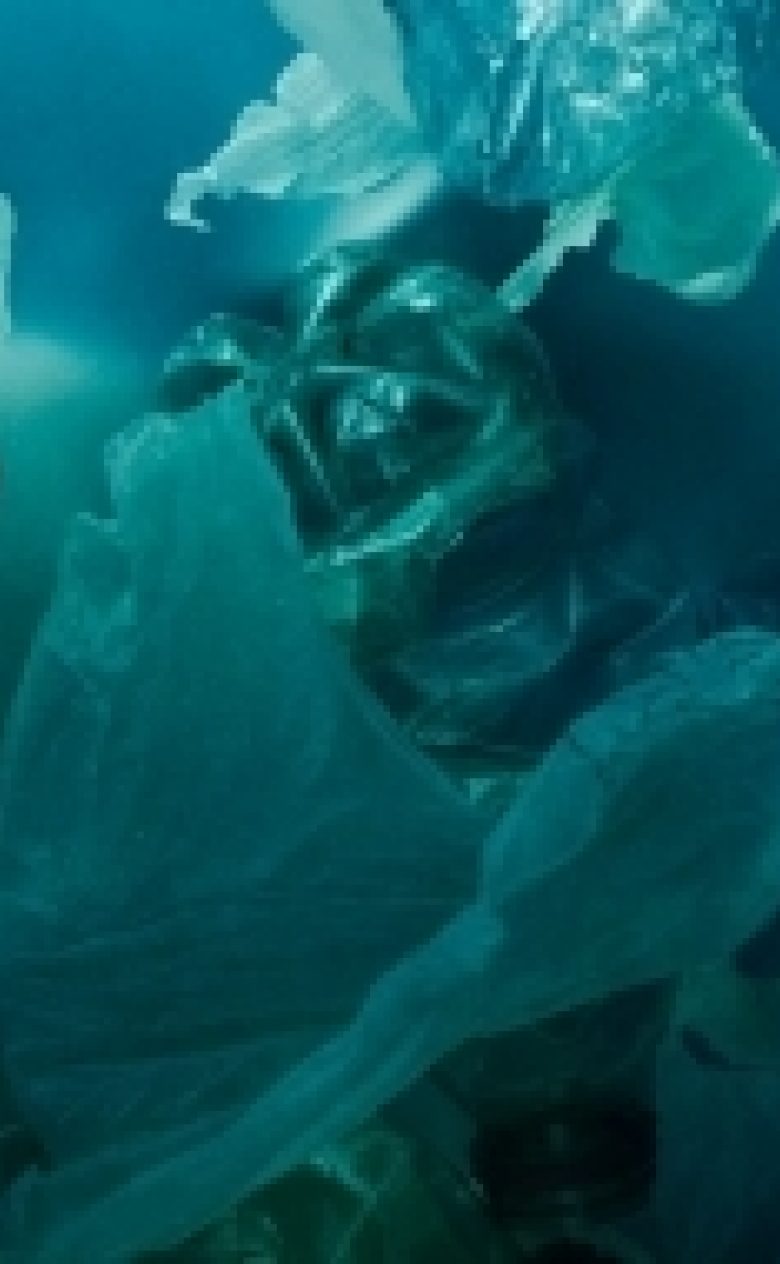Capturing plastic effectively by looking at the water column as a whole
The European project Maelstrom is looking for hot spots with plastic pollution. The objective is to remove as much plastic as possible from the water, recycle it and reuse it. Deltares is involved in research looking at the possibilities in an estuary in Northern Portugal. But before you start ‘fishing’, it’s a good idea to know where there is most plastic in the water.

Which is why the entire water column has now been studied to see where the plastic is located. We discovered that, in terms of mass and numbers of items, most of the plastic is in the lower water layer, roughly up to a third of the total depth from the bed. Plastics were fished out of, for example, a bend in the New Meuse river using nets at three different heights in 28 sampling surveys. Because of the repetition and the comparison with the amounts of plastic retrieved by Rijkswaterstaat in other locations, this result can be considered accurate. If we split the water column up into three layers, plastic will float in the top layer, there will be little plastic in the middle layer, and most plastic will be found below that. Frans Buschman and Elise Blondel of Allseas recently wrote an article on this topic in Frontiers in Environmental Science.

Using field measurements to improve models
Based on the research in the article, we can conclude that capture methods that use the entire water column, such as bubble screens, catch plastics effectively before they flow to the sea. The floating plastic from the upper water layer is unpredictable because the journey to the sea is often interrupted. The plastic washes up, gets stuck, disintegrates and sometimes continues its journey later. Plastic in the lower water layer is carried along by the current and stays largely intact. Combining monitoring with flow modelling will make it easier to track plastic and capture it at the right place and time. This is important because rivers are like roads through which plastic travels from land to sea.
It should be pointed out that monitoring with nets is labour-intensive, which is why further research is being conducted in a Deltares facility and more studies are being conducted in the river to see whether acoustic techniques can make things easier.
Frans Buschman, an expert on plastics in rivers: “This is one of the first studies published in which plastics have been monitored at different heights. The Netherlands is a frontrunner in terms of monitoring plastic in rivers . This knowledge is now being shared with the sixteen European partners in Maelstrom, as a result of which it will be easier to remove plastic from rivers throughout Europe before it flows into the sea.”

